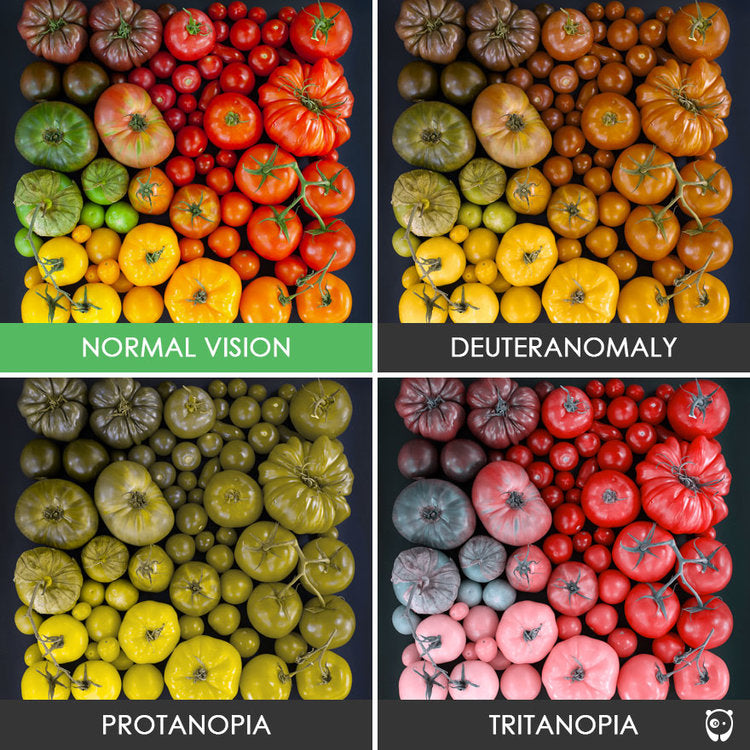Colorblindness is a condition that affects the way an individual perceives color. It is caused by a deficiency or absence of certain pigments in the cone cells of the retina, which are responsible for detecting color. This can lead to difficulty distinguishing between certain colors or seeing colors in a different way.
According to the World Health Organization, approximately 8% of men and 0.5% of women are affected by colorblindness. While it is more common in men, it can affect people of any age and ethnicity.
There are several types of colorblindness, including:
-
Red-green colorblindness: This is the most common type, and it can range from mild to severe. People with red-green colorblindness have difficulty distinguishing between shades of red, green, and brown.
-
Blue-yellow colorblindness: This type is less common and affects the ability to distinguish between shades of blue and yellow.
-
Complete colorblindness: Also known as monochromacy, this is a rare condition in which an individual can only see shades of gray.
While colorblindness cannot be cured, there are ways to manage it. For example, special glasses or contact lenses can help people with red-green colorblindness distinguish between certain colors. In some cases, software can be installed on computers to help individuals with colorblindness see colors more accurately.
It's important to note that colorblindness is not a form of blindness. People with colorblindness are able to see, but they may have difficulty distinguishing between certain colors. It is not a disability and does not affect an individual's ability to perform everyday tasks




































